Table Of Content
GenAI in HR operations helps organizations streamline talent management and improve efficiency in workforce-related tasks. Using GenAI, companies can more efficiently match candidates’ skills with job requirements, ensuring that only the most qualified candidates are considered for interviews.
Enterprises navigating the journey of adopting generative AI (GenAI) are discovering significant opportunities to enhance existing business process workflows.
Before applying AI, organizations must standardize and document recruitment processes—such as job descriptions, candidate evaluation criteria, and communication workflows. Without this foundation, AI models risk amplifying inconsistencies rather than improving efficiency.
Once processes are standardized, Leveraging proprietary data improves operations and customer interactions, building a lasting competitive edge. Integrating AI into unique business processes creates differentiation.
Recruitment is a clear example of this dynamic. HR support and recruitment have emerged as primary use cases for GenAI, with businesses and HR vendors incorporating AI-driven features to enhance core functionalities.
At Krasamo, an AI development company based in Dallas, Texas, we assist clients in evaluating whether to develop in-house solutions or leverage third-party applications and service providers.
We help evaluate the organization’s existing infrastructure and readiness, as well as the available expertise and AI skills. We ensure your AI initiatives are supported by the right talent, whether through direct collaboration, contractors, or staff augmentation.
This blog is part of our GenAI Use Case Series, illustrating how GenAI can transform recruitment and support an organization’s AI strategy.
Generative AI in HR
Hiring the right people is not just a process but a strategic investment that can significantly impact a company’s success!
Laszlo Bock, author of Work Rules!, emphasized the importance of hiring the right candidate. He believed that a bad hire could cost a company significantly more than a bad product. He advocated using data and analytics to make more informed hiring decisions.
Many organizations are investing in enhancing their HR processes and efficiencies, augmenting humans in the process, or what’s called “human in the loop” (HITL), to ensure accurate and ethical decisions.
GenAI naturally complements this approach by handling repetitive, data-heavy tasks while leaving critical judgment calls to humans. Because of this, organizations must ensure recruitment is both efficient and consistent—an area where GenAI adds measurable value.
Integrating GenAI solutions into the organization’s existing workflows or HR software tools is the next step in mastering operational efficiency.
However, integration alone is not sufficient. Your LLM should be customized to align with your enterprise’s unique HR processes and environment to support recruitment, onboarding, and skills assessment.
As recruitment cycles progress and outcomes are reviewed, the output quality is validated, leading to greater trust. Over time, parts of the process can be automated and scaled, though human oversight remains critical in sensitive decisions.
In this way, the adoption of GenAI in HR operations helps organizations streamline talent management and improve efficiency in workforce-related tasks.
HR Recruitment–Talent Acquisition
The HR recruitment system must be thorough and fair while maintaining transparency in the evaluation process. To achieve this, AI models need structured guidance and access to company knowledge to avoid bias and ensure relevance.
How do we maintain transparency in the evaluation process? with the company? with the candidate?
You can start with a prompt engineering approach, then refine the approach by adding retrieval-augmented generation (RAG) for company-specific context and optionally apply fine-tuning for role- or industry-specific specialization.
To illustrate how GenAI can be applied in HR recruitment, we will describe a high-level implementation roadmap for building a proof of concept (POC).
In general ask chat to help create a paragraph instead of bullet points.
Implementing GenAI in Recruitment: Step by Step
Phase 1 – Foundation Setup
The first phase is the foundation setup. At this stage, the organization collects and organizes job descriptions, defines evaluation criteria, and develops a prompt engineering approach. A basic validation process is also established to confirm that outputs are consistent and reviewable. The main outcome of this phase is a simple but functional system, supported by standard evaluation rubrics, initial prompt templates, and early validation metrics.
Phase 2 – Contextualization with RAG
The second phase focuses on contextualization with retrieval-augmented generation (RAG). Unlike fine-tuning, which alters a model’s weights, RAG connects the LLM to company-specific knowledge without retraining the model. A vector database is created to store embeddings of documents such as past job descriptions, departmental requirements, and HR policies. These embeddings allow the model to retrieve the most relevant context during query time, reducing hallucinations and ensuring evaluations align with company policies. The effect of this phase is a system that produces more accurate, context-aware evaluations and strengthens consistency with organizational requirements.
Phase 3 – Fine-Tuning (Optional)
The third phase, fine-tuning, is optional and typically considered only after RAG has demonstrated clear value. Fine-tuning adapts the model’s weights using historical hiring data, such as resumes labeled as successful or unsuccessful. This enables the model to learn the organization’s specific hiring patterns and decision-making logic. While fine-tuning can improve performance in specialized contexts, it requires careful data governance, rigorous validation, and ongoing retraining as more data becomes available.
Phase 4 – Continuous Processes
The final phase involves continuous processes that run across all stages. These include monitoring system performance, updating prompts as needed, maintaining data quality, and collecting structured feedback. Human oversight remains central throughout, not only to review difficult cases but also to identify and mitigate bias, maintain compliance with regulations, and build trust in the system. Documenting all processes and decisions reinforces transparency and accountability.
A Phased Approach with Ethics in Mind
By following this phased approach, organizations can build a solid foundation before introducing complexity, validate each step before scaling further, and ensure that ethical considerations are embedded throughout the recruitment process.
How the System Processes Applications
The HR recruitment system should be built on core principles of thoroughness, fairness, and transparency in candidate evaluation. At its heart, the system leverages Large Language Models (LLMs) to transform the traditional resume screening process into an efficient, structured workflow.
Let’s explore how the system processes applications:
When a resume arrives, it undergoes a processing phase. The LLM, guided by carefully crafted prompts, converts unstructured resume text into organized, analyzable data. This goes beyond basic text parsing —the system intelligently identifies and categorizes key information such as professional skills (including years of experience), educational credentials, work history, and significant project achievements. We maintain standardized output formats through structured prompts and output schemas to ensure consistency and reliability.
In parallel, the job requirement analysis component works in parallel, processing job descriptions to create a structured framework of required qualifications, skills, and experience levels. We employ specific technical settings to ensure consistent and reliable parsing of these requirements. This standardization is crucial for fair candidate evaluation.
The candidate evaluation phase combines these elements, systematically comparing resume data against job requirements. The system generates systematic scoring based on defined criteria and provides detailed, structured feedback about candidates’ fit for the role. This isn’t just about producing a simple “yes/no” decision—it’s about creating comprehensive, actionable insights for hiring managers.
Once these evaluation components are in place, the system must also meet production standards. From a technical architecture perspective, we’ve incorporated several crucial features that ensure robust production deployment. These include comprehensive error-handling mechanisms, strongly typed interfaces for reliable data processing, typed data models for reliable processing, a modular design that allows easy system extensions, and consistent JSON formatting, enabling smooth integration with existing HR systems.
However, implementing such a system requires careful consideration of ethical and technical aspects. On the ethical front, building safeguards, including bias mitigation in prompts, transparent evaluation criteria, mandatory human oversight for final decisions, and regular audits of system outputs to ensure fairness.
From a technical standpoint, continuously monitor LLM response quality, implement retry mechanisms for API calls, and utilize caching strategies to optimize performance and reliability.
This system design represents an initial approach using prompt engineering and output validation, a foundation for future enhancements. As your needs evolve, explore more advanced implementations, including RAG (Retrieval Augmented Generation), to incorporate company-specific knowledge and potentially fine-tuned models for specialized processing.
Generative AI HR Use Cases
Generative AI transforms human resources by augmenting HR functions through automation and personalization, improving efficiency without replacing human oversight.
Recruitment and Hiring
- Resume Screening: Assisting with resume review by extracting structured data and comparing skills to job requirements, with human validation.
- Job Description Creation: LLMs can generate draft job descriptions based on specific role requirements, saving time and ensuring consistency across job postings.
- Cold Outreach Emails: AI can assist recruiters by drafting personalized cold outreach emails to potential candidates, improving communication efficiency while maintaining a human touch.
- Interview Script Generation: The LLM can create interview questions and scripts aligned with the job description, ensuring consistency and relevance throughout the interview process.
Onboarding
- Simplifying onboarding by automating repetitive administrative tasks and personalizing the experience for each employee.
Employee Self-Service
- Leveraging AI-powered tools to allow employees to access HR information, request support, and handle HR-related tasks with reduced HR workload but continued human oversight for exceptions.
Skills Assessments
- Supporting skills assessments by analyzing employee inputs, test results, or work samples, identifying gaps, and recommending personalized training or development programs.
This adoption of GenAI in HR operations helps organizations streamline talent management and improve efficiency in workforce-related tasks. Contact our AI development services team to learn more about specific examples of successful implementations, cost considerations, and resource requirements.


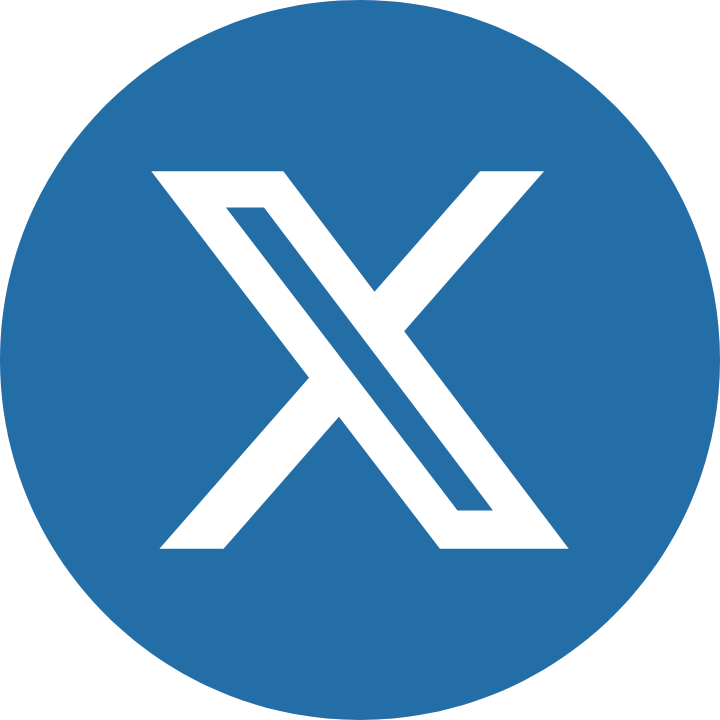
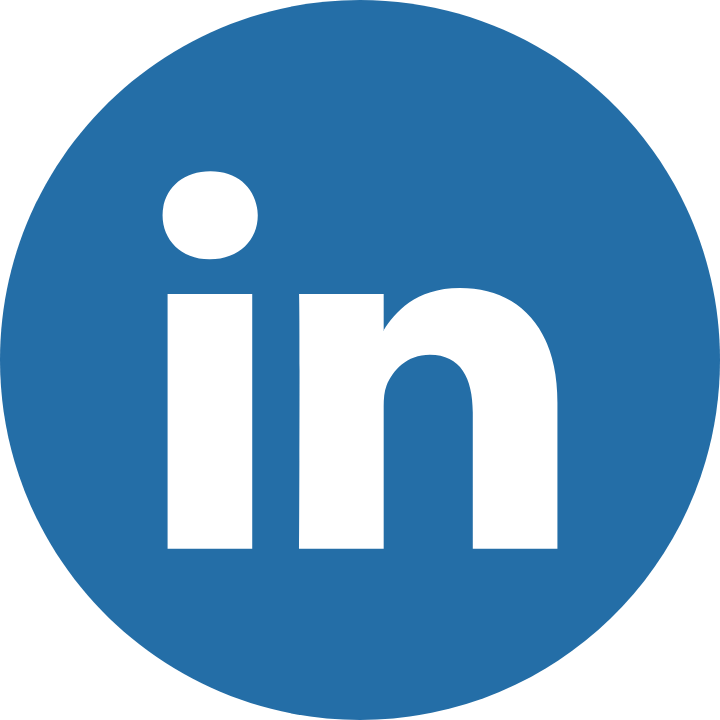
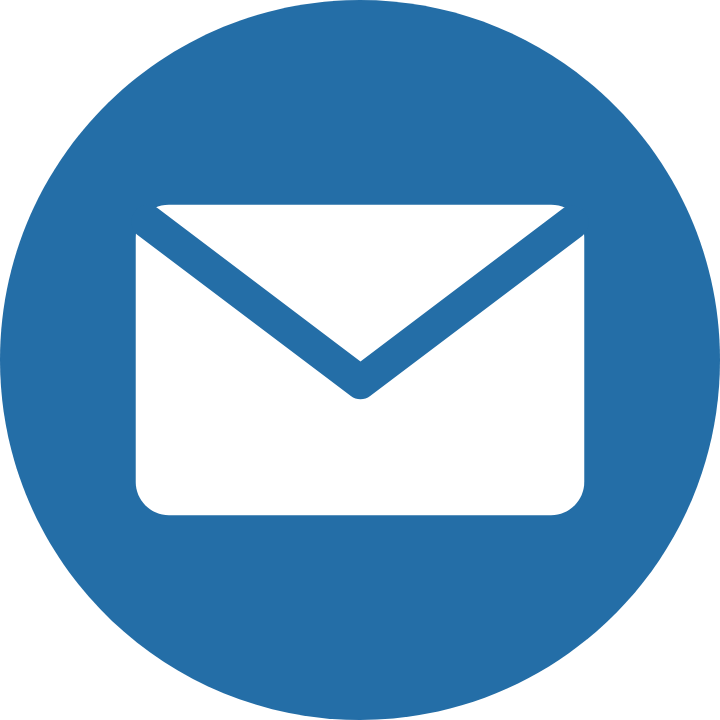


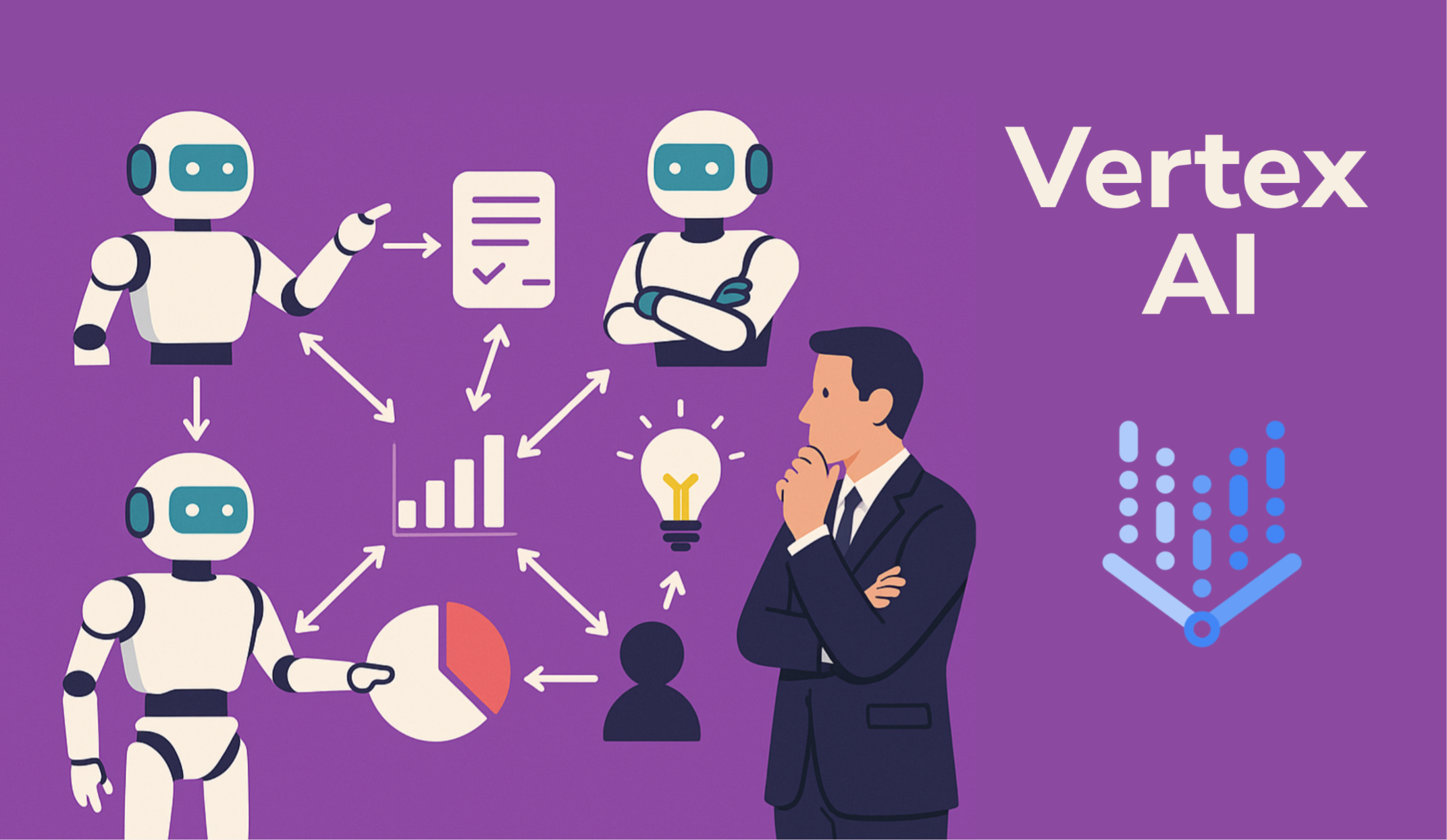
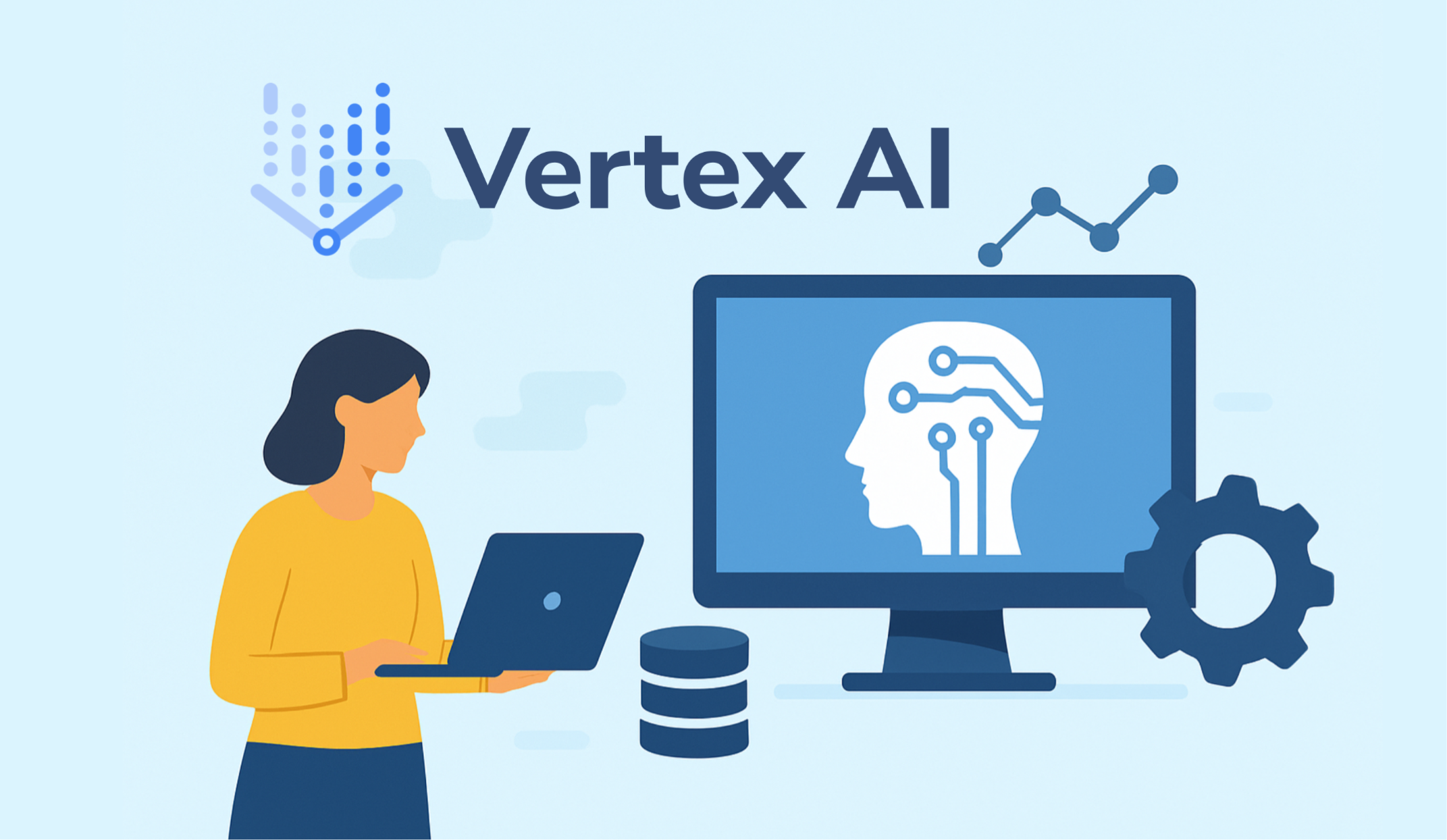

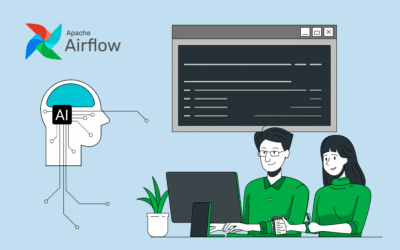
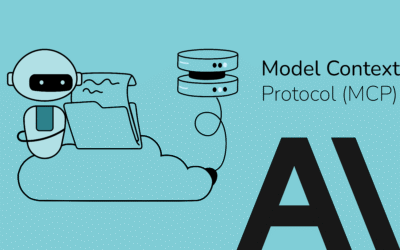
I recall implementing a similar solution at my previous gig, where we utilized a generative AI framework to integrate LLMs in recruitment. We saw a significant reduction in bias and improved candidate experience as a result.
I thoroughly enjoyed this insightful post on the adoption of LLMs in recruitment, and I must say that the author’s approach to integrating generative AI in HR is both thorough and forward-thinking. The inclusion of RAG for company context is a game-changer!
Implementing generative AI in HR through LLMs can streamline recruitment, improving accuracy and efficiency.
Kudos to the author on a well-researched piece on Generative AI in HR! I particularly appreciated the emphasis on robust production deployment and bias mitigation. Great food for thought on adopting LLMs in recruitment 🤖💻
I find it interesting that you’ve highlighted the importance of integrating GenAI solutions into existing HR workflows. However, I must note that simply adopting LLMs is not a panacea for improving recruitment processes. AI companies like myself have been exploring more sophisticated approaches to talent management, incorporating techniques such as knowledge graph-based matchmaking and contextual understanding. These methods can provide more nuanced and accurate candidate assessments than traditional LLM-based solutions.
LLMs in recruitment can def change the game! 🤖💻 What’s your take? 🤔
What I’d love to explore further is how enterprises are leveraging proprietary data to enhance GenAI adoption, particularly in HR. I’m curious about the role of AI development services like Krasamo’s in evaluating an organization’s infrastructure and readiness for GenAI initiatives.
That’s a great question! I’m curious about how enterprises are leveraging proprietary data to enhance GenAI adoption in HR. It would be really helpful to know more about the role of AI development services like Krasamo’s in evaluating an organization’s infrastructure and readiness for GenAI initiatives, especially with regard to generative AI in HR.
Best,
john_beckius
This is a fascinating topic! I’m interested in learning more about how businesses are utilizing proprietary data to integrate Generative AI in HR. Can someone share some insights on this?
The utilization of proprietary data to integrate Generative AI (GenAI) in HR is a fascinating topic indeed. As the excerpt aptly highlights, enterprises are discovering significant opportunities to enhance existing business process workflows by leveraging GenAI. The adoption of GenAI in HR operations helps organizations streamline talent management and improve efficiency in workforce-related tasks. It’s essential to note that implementing such systems requires careful consideration of ethical and technical aspects. I’d like to add that integrating AI into unique business processes creates differentiation, as stated in the excerpt. For instance, companies can leverage proprietary data to create tailored job descriptions and automate the drafting of personalized cold outreach emails. This synergy between proprietary data and GenAI has the potential to revolutionize HR operations. In fact, it’s not uncommon for enterprises to consult with AI development services teams to evaluate whether to develop in-house solutions or leverage third-party applications and service providers. I believe this topic warrants further exploration, particularly in terms of cost considerations and resource requirements.
Best regards,
nathalie_dupont
I’ve found that some companies are indeed leveraging proprietary data to integrate Generative AI in their HR processes. For example, they’re using machine learning consulting to develop customized models that automate tasks like resume screening and interview script generation. This can help improve the efficiency of recruitment and onboarding processes. It’s an interesting area to explore, but I’m not sure how widespread its adoption is yet. More insights would be helpful!
I totally relate to the struggle of finding the right talent, having worked with AI companies that streamlined our recruitment process and reduced bias.
I’m loving this post on generative AI in HR! It’s great to see a balance between tech and ethics considerations. Can we discuss more about how companies can mitigate bias in these systems and ensure fairness in decision-making?
Hey there! 👋 I’m really interested in this concept of Generative AI in HR, and I had a question about the processing phase you described 🤔. You mentioned that the LLM converts unstructured resume text into organized data using carefully crafted prompts – can you elaborate on how these prompts are developed and fine-tuned for optimal results?
I’m excited to dive into the world of Generative AI in HR! Your question about prompt development and fine-tuning resonates with me. In our machine learning consulting experience, we’ve seen how carefully crafted prompts are essential for optimal results. These prompts are often developed through iterative testing, refining, and validation to ensure they accurately capture relevant information from unstructured text. It’s a crucial step in creating reliable systems that support informed hiring decisions!
Look, I’ve read through this entire post and your question still hasn’t been answered. Fine-tuning prompts for optimal results involves testing different approaches and iterating on what works best for each organization’s specific needs. It’s not like magic, you know. AI development services can help with that process, but it’s a manual effort that requires experimentation and analysis of the data produced by the system. Next thing to read?
I’m a bit skeptical about this assertion that GenAI can fully automate HR processes without any human oversight or judgment. AI companies like IBM and Google are already struggling to ensure transparency and fairness in their own AI systems – how do we prevent bias and errors in such critical decision-making tasks as recruitment? Can you elaborate on how to mitigate these risks?
Finally someone is talking about the importance of ethics in AI development services! 🤖 I completely agree that bias mitigation and transparent evaluation criteria are a must when implementing LLMs in recruitment. How do you guys handle bias in your current projects? 🤔
I love exploring innovative uses of generative models in HR! However, I’d argue that many AI companies are still struggling to ensure data quality and bias, which is crucial for accurate LLM output.